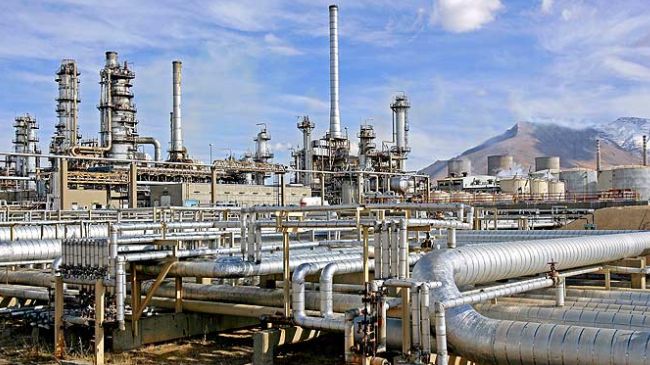News
What are the Benefits Of Using Hastelloy C22 In Acidic Media
The Hastelloy C22 is one of the major corrosion-resistant alloys and a higher percentage of chromium in this material makes it more corrosion-resistant than the rest. It is the right choice for oxidizing environments and helps in improving the life of the material greatly. The alloy C 22 also shows exceptional resistance to acetic anhydride, formic, acetic, and hot or contaminated inorganic or organic acids. When the reducing agents include oxalic, phosphorous, and formic acids, the materials shows high strength in preventing crevice and pitting corrosion. The availability of the material is one of the most significant aspects to keep in mind when you are looking for it to show good strength in acidic media. Whether it is in the form of tubes, sheets, bar, or plates, the material is available in abundances to be used in the acidic media.
The following are some of the major characteristics of C22.
- Resists stress corrosion cracking along with crevice and pitting corrosion.
- Exceptional resistance to reducing and oxidizing media
- High resistance to a wide variety of environments in the chemical process industries that include string oxidizing material such as ferric acids, brine solutions, and sea water.
Although several other materials such as cast iron and steel have been used in the production of concentrated sulfuric acid, there are various reasons to choose the other alloys that are more corrosion resistant based on the requirements such as the cost of maintenance, flexibility of equipment, freedom from the contamination of products, or the need to show excellent corrosion resistance under stricter conditions, a number of nickel alloys are available for this purpose, but the use of Hastelloy C22 is common as it fulfills the conditions of the application and facilitates the functioning of the component. The additions of alloys serves to reduce the cost during the production of sulfuric acid and the primary elements used for this purpose are nickel, chromium, molybdenum, silicon, and copper. Of the noted alloys that are used during the production of this acid, C22 plays a significant role.
Stress corrosion cracking
The instances of stress corrosion cracking noted with austenitic steel is sulfuric acid that is contaminated with chloride. Although chloride contamination may or may not exist in some of the plants, the places where chloride contamination exists may use C22 more appropriately to control the problems of stress corrosion cracking. The allow C22 shows excellent resistance to reducing and oxidizing media that are present in the process streams. Due to the flexibility of this material, it can be easily used for severe conditions or environment that are usually seen to occur in those plants that are multi-functional in nature.
The use of Hastelloy C22 is wide and the effects have been noted across the industry. Due to the properties of the alloy and its varied uses to tackle the problem of corrosion in the industries have made it a preferential material to be used for different purposes. Due to the high carrion resistance rate of this alloy, it also prevents the formation of grain precipitates in the welded areas and is quite naturally



